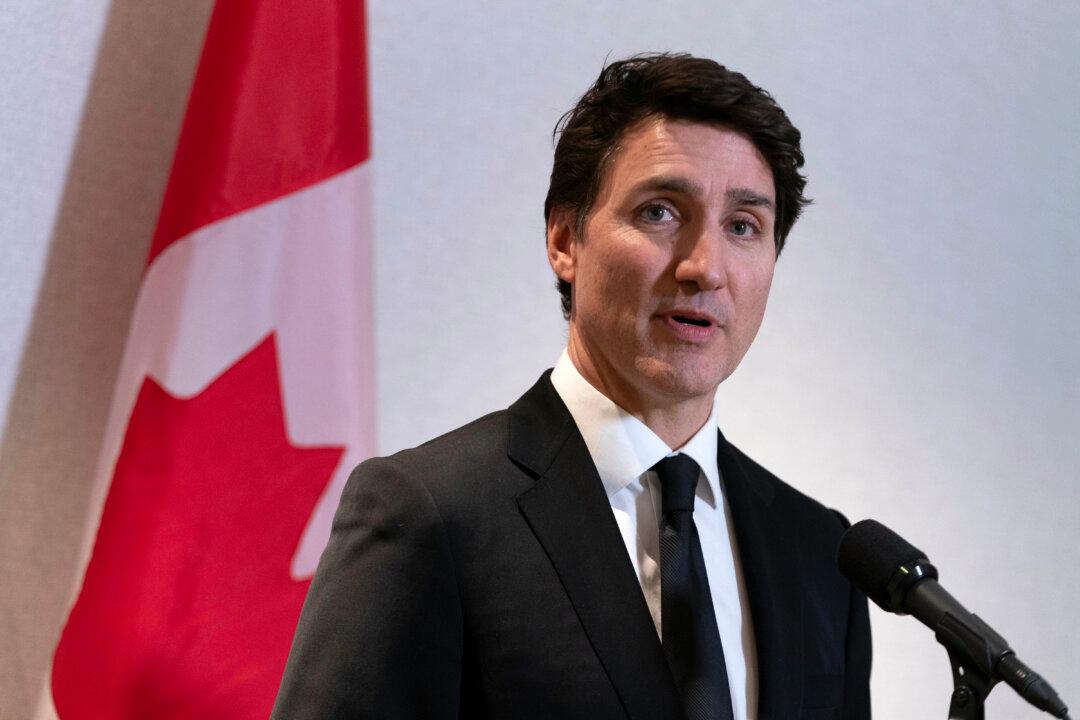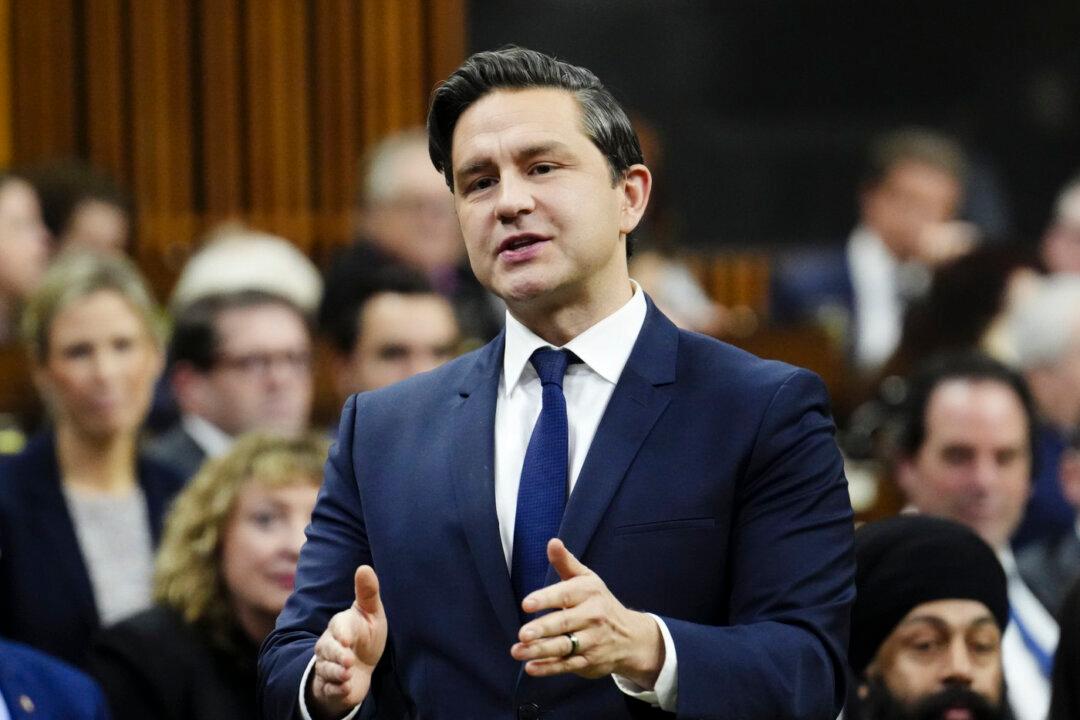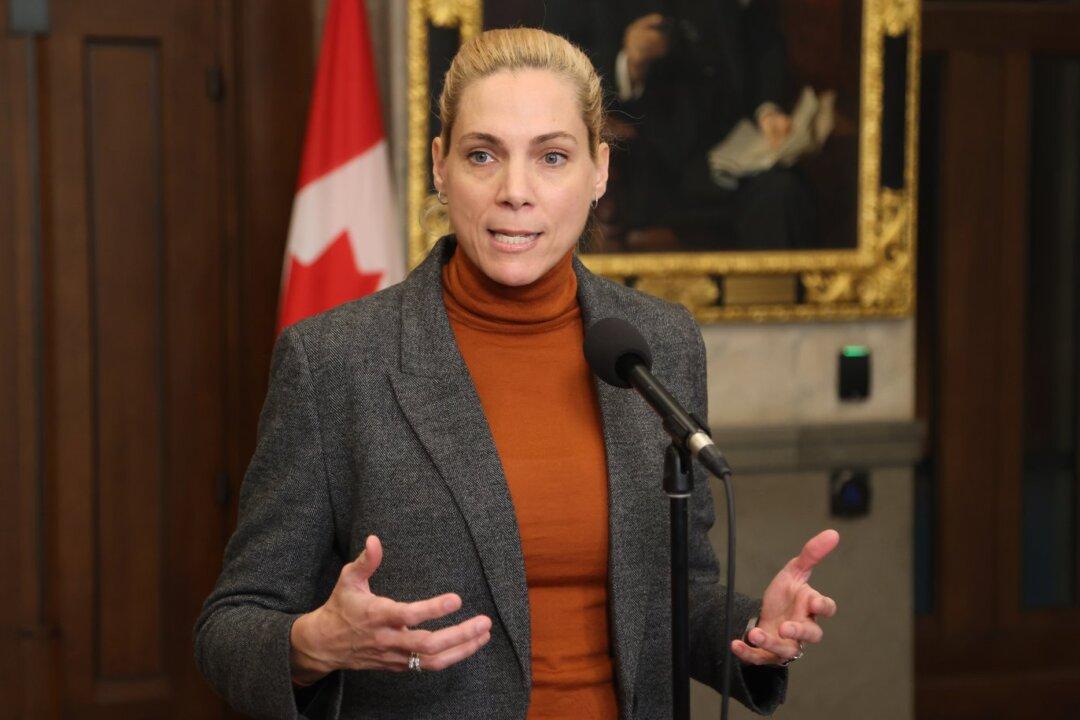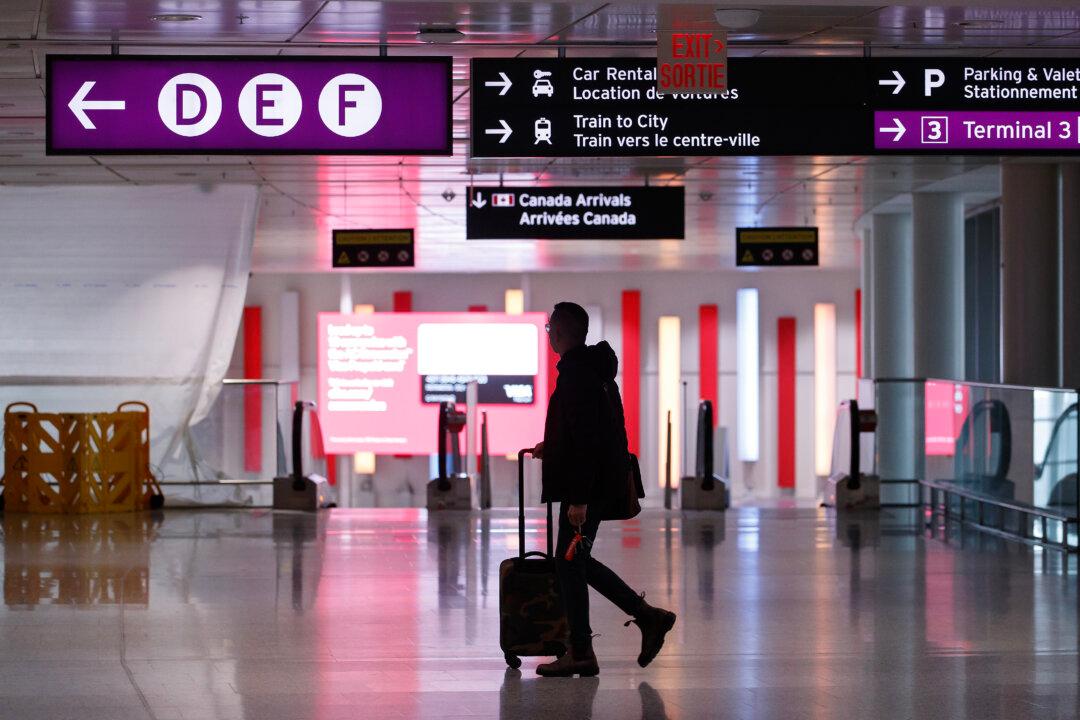Prime Minister Justin Trudeau says Ottawa will invest an initial $3.9 billion for the development phase of a high-speed rail network in the Toronto-Quebec City corridor, which will take six years to build.
“We hear too often about delays or the lack of a special railway line for passengers. This is going to change. Today, I’m announcing the launching of Alto, the greatest, most ambitious infrastructure project in history,” Trudeau said during a press conference in Quebec on Feb. 19.
The rail system would cut travel times by around half, going from Montreal to Toronto in three hours. It currently takes around five hours to travel the distance by car.
The PMO estimates the train network would create over 51,000 jobs during its construction and boost GDP by up to $35 billion annually.
Anand said the second, co-development phase will see the track’s design, route alignment, station placement, indigenous consultations, and regulatory work completed. She said the contract with Cadence will be signed over the next few weeks.
“Canada will continue to support the work of Alto and also make sure that legislation and regulations are set up so that the project will be fully secure and will also comply with budgets,” she said.
During the press conference, Trudeau was asked by reporters if the rail project would survive a change in government. Trudeau announced in January that he would be stepping down as prime minister and party leader once a new Liberal leader is chosen. An early election is a possibility after all opposition parties signalled their intent to topple the government with a non-confidence vote when Parliament resumes in March.
The prime minister said future governments would make their own determinations in how to invest money, but said “this investment in Canadians, which starts right now, is going to be very difficult to turn back on.”
“I think Canadians have known for a long time that connecting our cities is important. We know that we need an alternative to driving. We need an alternative to flying. This is good for quality of life,” he said.
Trudeau said he understood the “challenges” REM has been facing in its first few years of operation, and supported the work being done to improve it. He said the government is working to create the “right structure and development” for the high-speed rail network.
In a statement to The Epoch Times, Conservative MP and shadow Transport Minister Philip Lawrence said the high-speed rail announcement was “more than a $5 billion photo-op.” He noted that Trudeau will soon resign once his replacement has been chosen, and Transport Minister Anand will not be seeking re-election.
“Today’s announcement is yet another promise—with no details—that will take years and $3.9 billion on planning and bureaucracy, without laying a single piece of track,” he said.







